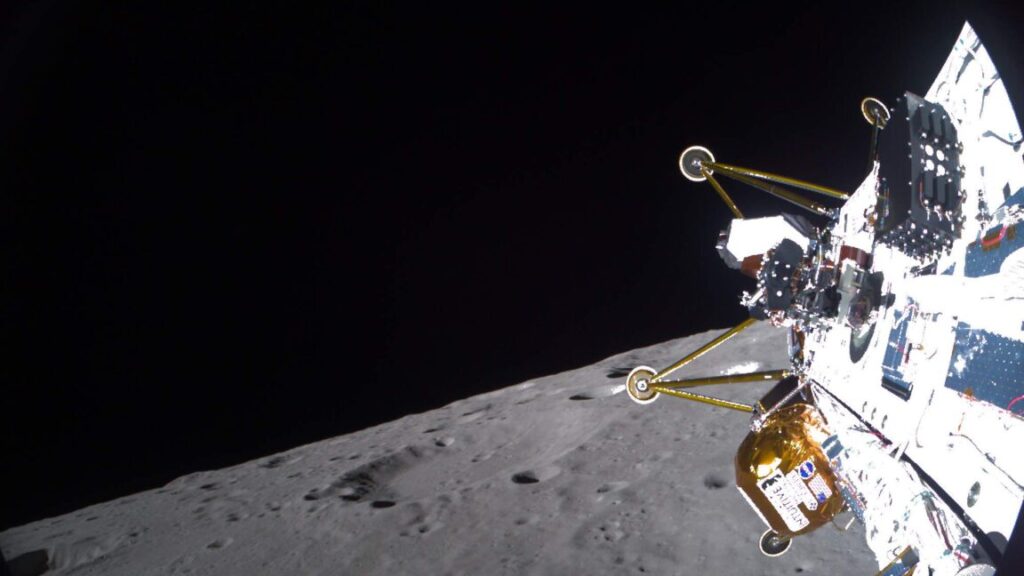A long-shot plan to mine the Moon comes a little closer to reality
The road ahead
Meyerson said the company’s current plan is to fly a prospecting mission in 2027, a payload of less than 100 kg, likely on a commercial lander that is part of NASA’s Commercial Lunar Payload Services program. Two years later, the company seeks to fly a pilot plant. Meyerson said the size of this plant will depend on the launch capability available (i.e., if Starship is flying to the Moon, they’ll go big, and smaller if not).
Following this, Interlune is targeting 2032 for the launch of a solar-powered operating plant, which would include five mobile harvesters. The operation would also be able to return material mined to Earth. The total mass for this equipment would be about 40 metric tons, which could fly on a single Starship or two New Glenn Mk 2 landers. This would, understandably, be highly ambitious and capital-intensive. After raising $15 million last year, Meyerson said Interlune is planning a second fundraising round that should begin soon.
There are some outside factors that may be beneficial for Interlune. One is that China has a clear and demonstrated interest in sending humans to the Moon and has already sent rovers to explore for helium-3 resources. Moreover, with the exit of Jared Isaacman as a nominee to lead NASA, the Trump administration is likely to put someone in the position who is more focused on lunar activities. One candidate, a retired Air Force General named Steve Kwast, is a huge proponent of mining helium-3.
Interlune has a compelling story, as there are almost no other lunar businesses focused solely on commercial activities that will drive value from mining the lunar surface. In that sense, they could be a linchpin of a lunar economy. However, they have a long way to go, and a lot of lunar regolith to plow through, before they start delivering for customers.
A long-shot plan to mine the Moon comes a little closer to reality Read More »

